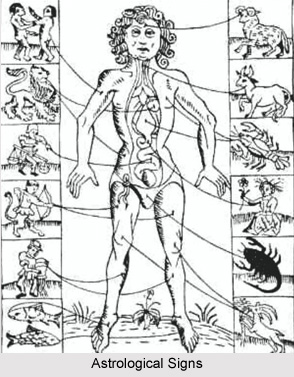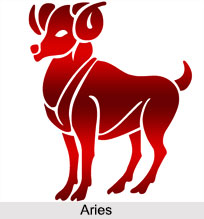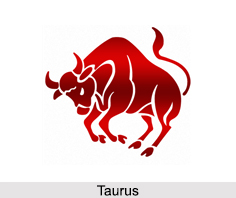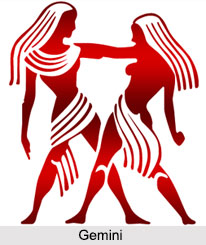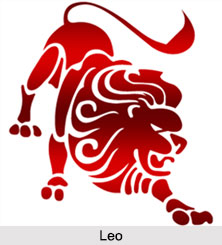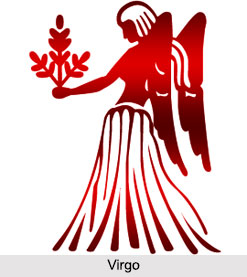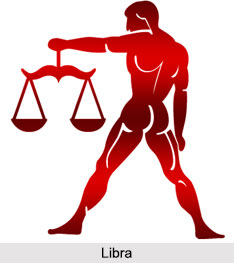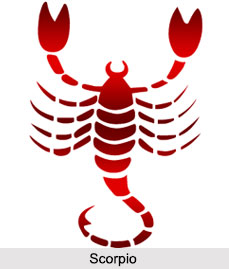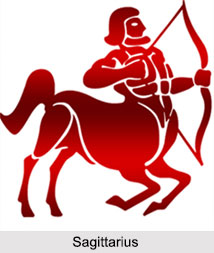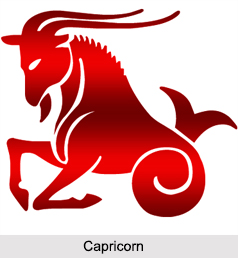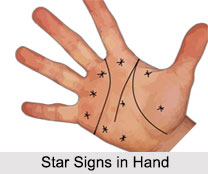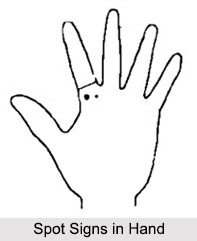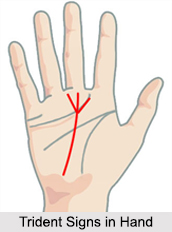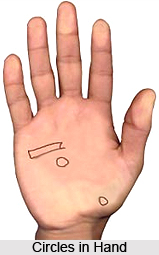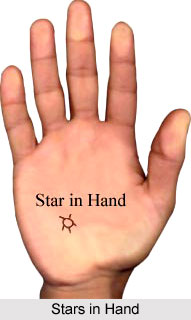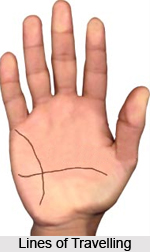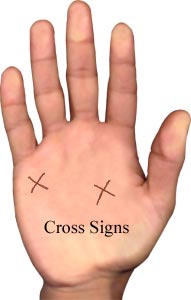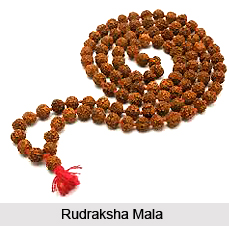 A Rudraksha mala is most frequently made from five faced beads that are available most amply and also in numerous sizes. In Devi Bhagwat Puran one can read about the process of preparation of a Rudraksha mala for counting beads when chanting mantras. The main mouth (whole side) portion is regarded as Vishnu and the bottom portion as Shiva.
A Rudraksha mala is most frequently made from five faced beads that are available most amply and also in numerous sizes. In Devi Bhagwat Puran one can read about the process of preparation of a Rudraksha mala for counting beads when chanting mantras. The main mouth (whole side) portion is regarded as Vishnu and the bottom portion as Shiva.
Lord Shiva`s mantra " Om Namah Shivaya" or any other mantra recited along with Rudraksha mala, renders unrestrained welfares.
The number of beads of a mala depends on the endeavour of chanting mantras. The mala of 108+ 1 = 10 beads is considered the finest to recite mantras. There are three kinds of malas. One of them includes 108 beads + 1 bead, called the sumeru. The other one includes 54 beads, named 1 sumeru. If it is counted twofold, it completes one mala. The third kind of mala encompasses ¼ beads of a full garland, i.e. 27 beads 1 sumeru. This is called the `sumarni`. Four counts of this mala completes one full Mala of 108 beads. This sumarni is perfect for an individual who is always busy with chanting mantras and meditation. It is easily transportable. A garland of 132 beads is useful for performing rites to earn wealth. A rosary of twenty-five beads delivers Moksha (liberation); that of thirty beads renders with, the one with fifty beads generates affluence and that of fifteen beads is useful in charms for a malicious purpose. If an individual performs rituals while wearing a rosary of 27 beads, he receives a crore times more welfare. Vopadeva says in Padarth-Darsa that one who wears thirty two Rudrakshas around the neck, forty on the forehead, six in each ears, twelve in both wrists, sixteen in each arm, four on both eyes, one hundred and eight over the chest, he himself metamorphoses into Neela Kantha (Shiva).
There is a reference of virtues of a mala in reciting mantras (mystic syllables) by the grouping of various fingers for diverse purposes in other mystic literatures. It is believed that while managing the mala, only the front end of the fingers should be applied. There is an outstanding bead, which is commonly the focal portion of the mala and is named Meru. A Sadhaka while rotating the mala should not go beyond this Meru while counting. From that point he should count the recitations in an opposite order.
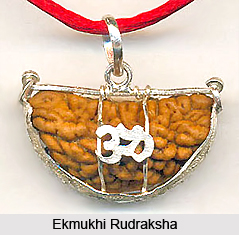
The Method of Counting Beads- Japa, should be practised after finishing the mala. The Mala should always be kept inside a cotton bag (Gomukhi) and during counting the beads, the hand should be within the Gomukhi. While counting mantras, the mala should not come in ground contact at any point of time. There is another technique for Japa- Rake, a copper bowl filled with water where half of the beads of the mala remains in hand and rest of the mala beads also remains submerged within water. Now, one needs to cover the hand with a cloth and start chanting the japa, after finishing it (reciting the mantra). This water should be splashed throughout the house, in the courtyard and later it also needs to be drunk. By performing accordingly, the individual earns pleasure and he walks en route for salvation.
Japa should always be preformed with specific precautions that are listed below-
i. A Japa Mala should be different from the mala that is worn on the body.
ii Japa should always be performed at a determined time.
iii. Continuity should be asserted during the japa period and one should not talk.
iv. Left hand should not be used for doing Japa.
v. Nails should never come into contact with the beads. Similarly the fingers also should not meet the beads. The Japa Mala should never be kept on the floor and during japa it should be shrouded by keeping it withiin a cotton cloth called `Go Mukhi`.
vi. If the idol, Yantra or the photo of the Almighty, to whom the Japa is being addressed is towards the front, in that case the height of these should be above the navel of the person performing the japa.
vii. A Rudraksha Mala can be used for all Mantras, excluding the Shakti Mantra, which should not be used for Japa during daytime on this mala.
viii. The person performing the japa should face the following directions-
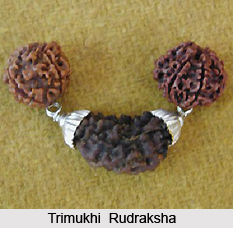
• Facing West to gain riches.
• Facing North to gain mental peace, security, health and understanding.
• Facing East to draw a person towards the self.
• Facing South for Tantrik practises.
For worships and sacraments of nearly all the gods and goddesses, the Japa or recurrent chanting of some mantras is mandatory with a specific number, to the God and the Goddess, each for the accomplishment of desires. In this case the Mala is the best way to count beads for reciting the mantra. Questions can be asked as to why are there only 108 beads in a Mala- not more nor less.
Firstly, it tells a person how many times he/she has have counted the mantra. Secondly, an understated electric current is formed within the mind by rubbing the thumb with fingers. This electric current affects upon the heart through Vegas Veins and makes the mind to focus profoundly. According to astronomy, there are 27 constellations (group of stars) in the universe and each constellation is again divided into 12 equal parts, equivalent to 12 signs of zodiac. There are only 9 planets in the universe and if multiplied, together the outcome will be 108 (12x9=108). Thus 108 is the best number to unite the Individual consciousness with the absolute consciousness.
There are many kinds of Mala used in spiritual and meditation purposes--
1. Lotus-seed Mala (Kamal Gatta Mala)- This mala is used to worship Goddess Lakshmi for Japa or to chant her Mantra. There is a particular significance to chant her Mantra with Lotus and Seed mala.
2. Turmeric Mala- It is used to perform Anusthan (special prayers) and demolish enemies and win in law suits. If a man is saturated with jaundice, he would surely be cured through this mala.
3. Putra Jeeva mala - It is used in Sadhana purposes- to have an offspring in the family.
4. Silver Beads Mala- Silver beads mala is most effectual in fulfilling any holy and virtuous objective (aim).
5. Kush`s root (knot) Mala- The mala, made from the roots of kusha grass is used for all holy & virtuous activities.
6. Sandal Wood Garland & Mala - (I)A mala made of white sandalwood is used for worshipping other divinities. Sandalwood garland is good for welcoming someone and for bestowing honour.
(II) Red sandalwood (Rose wood) mala is used for worshipping Lord Ganesh and other Goddesses.
7. Tulsi Mala and Kanti (Neck Mala)- This mala is considered the best for worshipping Lord Vishnu, Ram and Krishna. According to Ayurveda, it is very valuable in diseases associated with throat. It is also used to cleanse the body.
8. Conch Mala- It is used for peculiar tantrik purposes.
9. Baijanti Mala- It is used by devotees of Lord Vishnu and for reciting Mantras to worship goddess Lakshmi.
10. Amber Mala- It is very useful in diseases associated with blood and troubles in menstruation.
11. Quartz ( Sphatik or Crystal) Mala- It is the best mala for counting beads while chanting Devi Mantras. The mind turns restrained and quiet when worn. An individual who wears it, becomes a chosen-one of Lord Shiva.
12. Kaharwa Mala- It is worn round the neck of patients suffering from jaundice. It heals the disease very soon.
13. Navratha Mala- This is used to conciliate the nine planets. There are nine precious stones equivalent with the nine planets in it. When worn it furnishes mental peace.
14. Coral Mala - It is used during sadhana or worship of Lord Ganesh, Hanuman, Lakshmi and Mars. It is also helpful for people who turn anaemic pretty easily.
Likewise, there are several rosaries made of semi-precious stones for different planets. For instance, there are garlands of Garnet, Pearl, Jade, Onex, Sunehla, Blue Sapphire, Topaz Zircon, Cat`s eye, Amethysts, Rose-quartz, Tiger, Agate and Moonstone. These malas are intensely functional in assuaging the hostile planetary influences in one`s life. The Crystal mala in used as Shiva- Shakti incarnate, Pearl as the moon incarnate. Rudraksha-coral mala is worn, taking it as an embodiment of Lord Shiva and Hanuman. This they are used to recite Mantras of various deities and are worn to achieve peace of mind and cheerfulness.
